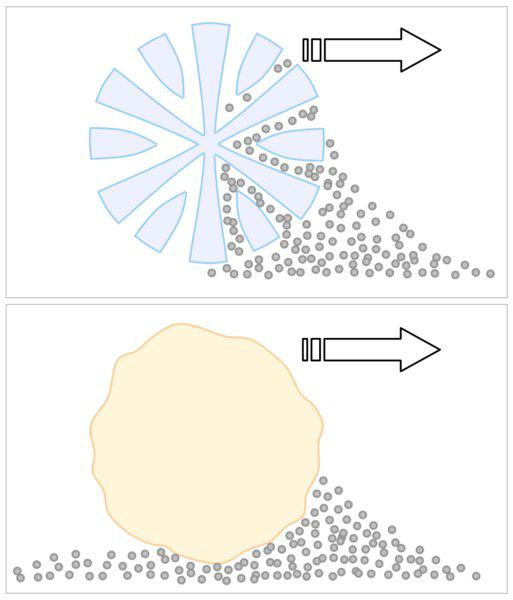The thickness of microfibre is finer than 1/100 of a human hair. Each thread is split into 16/17 micro segments by special physical and chemical treatment. A microfibre is so called when its weight is less than 1 gram per 10km and for most microfibres this equates to a diameter of 0.13 denier or less. Microfibres are produced using two polymers, which combine to form a single thread made from 70% polyester and 30% polyamide (nylon) – sometimes known as Ultrafibre.
The advantage of using microfibre
Microfibre wedge shaped cross section threads have more than 40 times surface area compared to normal fibres. These trap dust and dirt and clean easier and more effectively than traditional cloths. Dry and damp cleaning using microfibre products make cleaning simpler and reduce handling of water and chemicals.
Easy to use
- Dry – The combined cleaning of the microfibre filaments and static pick up all dust, dirt and liquid.
- Damp – These microfibre filaments together with the capillary action of the moisture clean surfaces in a most effective manor.
Microfibre products can be maintained by following the labelled washing instructions. Avoid bleach and fabric conditioner as this can block the microscopic pores.
Please see our cloth and mop microfibre product ranges.

